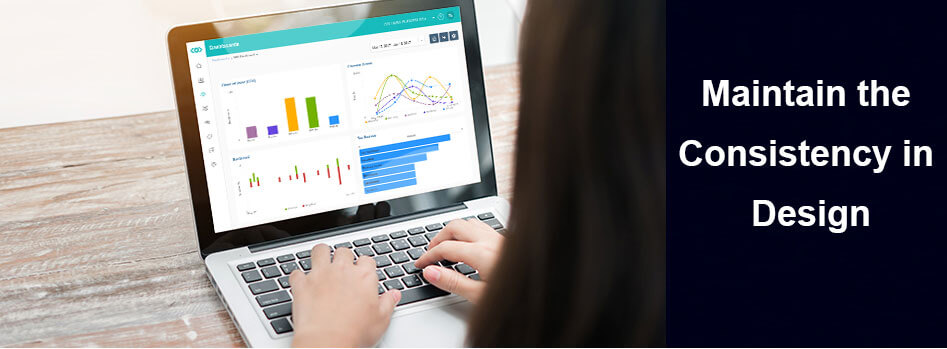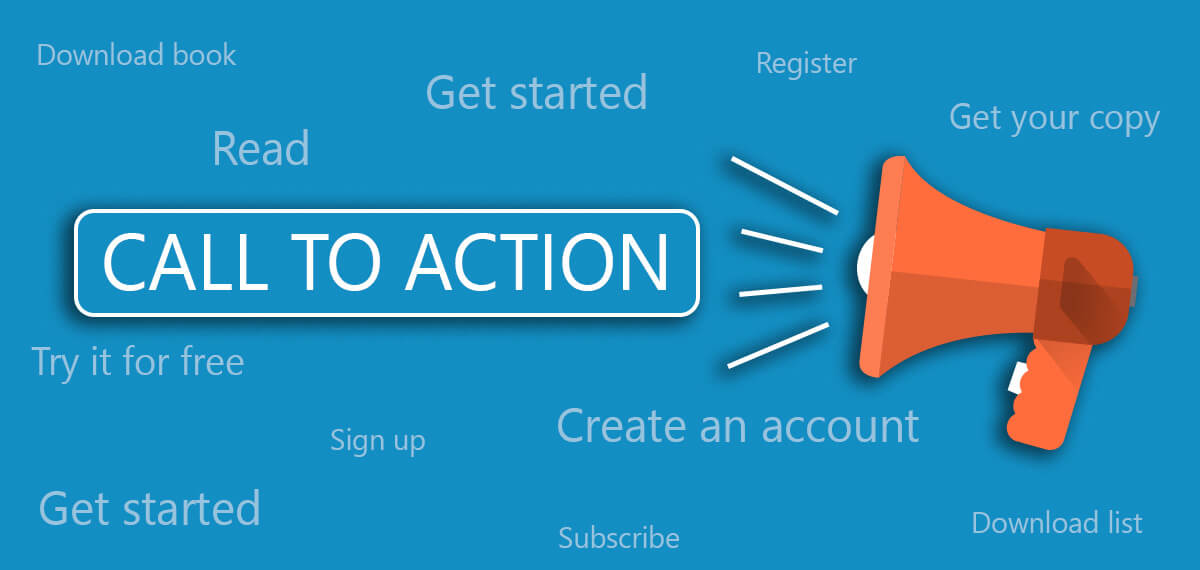A web designer focuses more and more on good user experience, designers need to create the most usable and attractive site’s possible. As the design is the first point of interaction with the client. It is accordingly important to make the design as good as could be expected.
With the undergoing changes with time, the web design has been more of a trend. The present trend is minimalist UI design principles and this is expected to be there for a long period of time.
This is because minimalism is both intelligent and functional in the digital environment where it is important to offer solutions without the requirement for distracting visuals and components. The present design patterns make it important for minimalism to be at the center of the concept.
Carefully applied minimalist UI design principles can help web designers make an attractive and effective site with less elements, making it improving and simple for user interaction.

Here, we will discuss some of the some of the examples of minimalism in web design, things one should consider when designing interfaces and explain why sometimes less is more. Minimalism has brought additional benefits to websites, in faster loading times and also better compatibility between different screen sizes.
One of the most well-known examples of minimalism in web design is Google search. The homepage of Google is designed entirely around its central search function. Anything unnecessary to the function, except, other than branding was avoided.
Here is an overview of how minimal designsgreeter’sthe affects your client engagement with your new business’s items and services, which is eventually going to be the key to long run of success.
1. To make the solution clear and understood nicely :
In minimalist UI design principles, the main purpose of designing websites is to make the solution easily understood be the users. A guest to the site or the first/repeat user of an application needs to obviously understand what the interface is all about.
The minimalist interface encourages the client to use the functionalities of the item and services you offer. It is hence important to make the interface as unmistakable and perfectly clear as it could be. This will support the business with engaging the clients and offer the solutions in a simple yet incredible way.
2. Maintain the consistency in design :
A minimal and simple design is easy when it comes to maintaining consistency. A design element may not be freshening occasionally. Keeping up the similar theme may not look appealing over a very long period.
It might be important to change the template or the layout to facilitate the incorporation of another offering or to remove a few.
With complex themes, it might be difficult and challenging to keep maintain the consistency in the design, as in case of the minimalistic design but it is, conceivable to keep up consistency without the requirement for a total update of the interface.
3. Website’s design needs to highlight the functionalities :
In an innovative interface, the goal is to allow the client to utilize the functionalities or highlights of your items. The design plays the job of featuring the highlights and is supportive in nature.
With a minimalistic design structure, it is conceivable to guarantee that the functionalities are featured. An unpredictable and complex design is most likely to be distracting, with mess taking away the focus.
The essential goal of a website design, interface or application is to allow the client to utilize the functionality and stay engaged.
4. Aesthetics are an important dimension in design :
There is a vast difference between aesthetics or elegance and intensely loaded design structures. A minimal design offers open doors for aesthetics and elegance, while a complex or intensely loaded website’s does not have present itself as beautiful.
Styling is vital for a satisfying appearance. This will help the other required criteria in web design that is highlighting the functionalities. Minimalism permits mobile application designing and development team to give the touch of elegance to the application, making it progressively more attractive among the guest and clients.
5. Clear calls to action :
The call to action should be clear and differentiating, which will push the client to quickly take the session to the most attractive waypoint of the interaction change to a customer or client. The call to action is actually the snap that triggers the actual conversation process.
Hiding it in the depths of other confusing and difficult design structures may result in the client or guest avoiding the call to action totally. A good design makes it possible for the designers consider a layout that will enable the client to identify the call to action.
This will make the client to the step that formally bonds the relationship.
6. Seamless navigation :
It should be no surprise that the common element in the minimalist UI design principles is seamless navigation. White space is the most important feature of minimalism. This is a hallmark of a good design. White space is just the empty space between the visual elements.
A brilliant design is the one which takes the user through the website and the different functionalities way that is both consistent and instinctive.
Minimalism offers the ideal stage for a design’s structure to be consistent and natural. A very complicated and complex design will make it troublesome for seamless navigation. Simple yet effective designs offer creators the opportunity to make a successful and effective procedure for making natural designs.
Conclusion :
After reading the above minimalist UI design principles one can understand that the less is more. Startups need to compete against the well-known big business organization who have better budget.
But start-ups have a clean edge over big businesses in the terms of flexibility and ability to quickly innovations and take advantage of latest technology as migration to new technology.
Minimal sites simplify interfaces by removing the unnecessary elements. This makes websites inspiring with the great combination of usability and aesthetics.
Clients who get to rapidly observe the advantages of an application or an item are bound to utilize the same. Minimalist designs improve the appeal of an item or website, helping new companies to rapidly engage clients and convert users.


